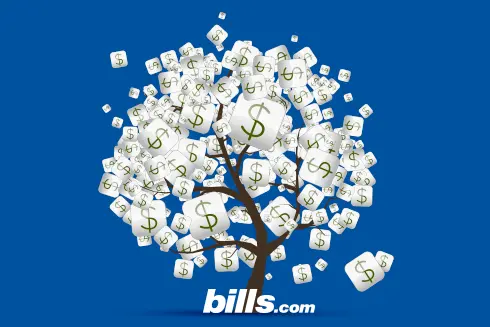
Get rid of your debt faster with debt relief
Choose your debt amount
Or speak to a debt consultant 844-731-0836
What is the difference between simple interest and revolving interest charged on a credit card?
What is the difference between simple interest and revolving interest charged on a credit card?
Credit card debt is referred to as "revolving" credit because - unlike a mortgage, for example - it allows the borrower to carry a balance from month to month with no fixed number of payments set to pay off the balance. Additionally, a borrower can continuously add to the debt, up to a set credit limit. All the credit card company typically requires in return is a minimum monthly payment, most of which is just a payment on the interest owed, with as little as 5% or less going towards reducing the principle.
Revolving credit card debt is the source of many individuals' financial difficulties (and profits for credit card companies). Someone who routinely pays only the minimum monthly payment will be making little or no headway towards reducing the balance of their debt and can eventually find themselves with major financial problems.
A good way to avoid this trap is to pay off your credit card balance in full every month. At the very least, pay it down as quickly as possible to keep the accruing interest to minimum.
Creating, and sticking to, a budget can also help to keep you out of trouble. If are looking for a free tool to help you budget, Bills.com offers a free personal financial guide online at www.bills.com/guide/.
Best of luck and I hope this information helps you Find. Learn. Save.
Best,
Bill
www.bills.com/

Get rid of your debt faster with debt relief
Take the first step towards a debt-free life with personalized debt reduction strategies.
Choose your debt amount
Or speak to a debt consultant 844-731-0836